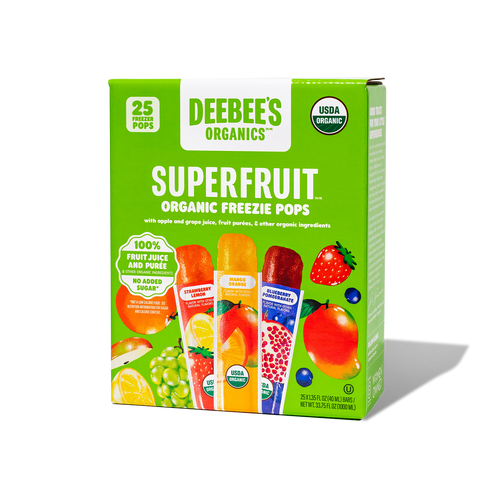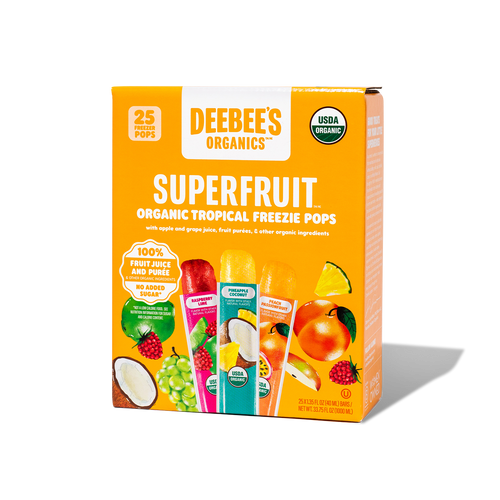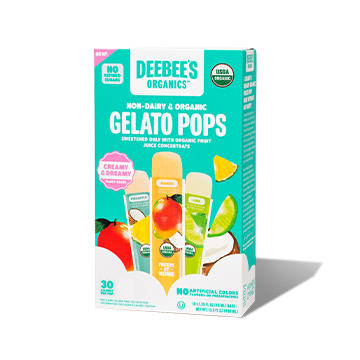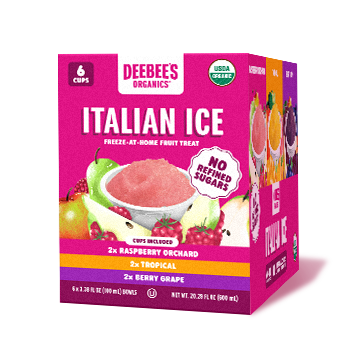With billions of hungry mouths to feed on our planet, the global food industry has developed some pretty incredible mass production and synthetic flavor technology.
To keep food lasting longer on grocery store shelves and in our pantries, manufacturers often add preservatives and other additives. The inclusion of such ingredients often leads to food that can taste “dull” - this is why scientists add flavors to boost taste! Did you know that there are differences between organic and natural flavors? Though at first glance they sound similar, what differentiates the two? What Are Artificial and Natural Flavors?
If you were to open your pantry and explore the ingredients list on many of your favorite foods, you might notice three different classifications: artificial, natural, and organic flavors. While they may sound similar, the creation and regulations around these flavors are actually very different. Here’s how:
Artificial flavors are, as the name suggests, artificially created. This means these flavors are not naturally occurring (from nature) and are typically created by scientists in a lab. These flavors can contain preservatives, solvents, emulsifiers, and other additives.
Even though natural flavors are also created by scientists, they are derived from substances and flavors found in nature, such as animals or plants. While this flavor is derived from naturally-occurring substances, they can still contain the same incidental additives and preservatives as artificial flavors. These types of flavors can be more difficult to identify on your food packaging labels as they are advertised as naturally occurring, and the “better” alternative to artificial flavors.
What Are Organic Flavors?
By contrast, organic flavors, (also called organic natural flavors,) must abide by a more rigorous testing, development, and regulatory process! In order to be considered organic, flavors must abide by the organic certification process and associated requirements, such as containing no GMO ingredients, pesticides or artificial preservatives.
Though organic flavors do not contain the same solvents, carriers and emulsifier ingredients that occur in artificial flavors, they may contain incidental additives that come from the manufacturing process. Generally, organic flavors are known to be a more natural option for both our kids and our families.
Although our organic natural flavor supplier does not allow us to give out their proprietary information, we do disclose every ingredient (including those from our organic natural flavor supplier) to our organic certifiers (Eco Gruppo & Baystate) to ensure it meets USDA Organic standards. If you want to learn more about Organic Flavors Requirements, check out this guide from the Organic Trade Association!
What About Our Products?
At DeeBee’s Organics, we are proud to use only organic ingredients, including organic flavors, in our entire product family! Did you know that our fruity treats contain not only fruit juice, but also fruit puree? This allows us to maximize the all-natural goodness of fruit and skip the overprocessing of manufactured fruit juices.
We can also confirm that our organic flavors do NOT contain any pesticides or herbicides, GMOs, allergens, gluten, corn, soy or canola, synthetic chemicals, animal-derived ingredients, bug-derived ingredients or preservatives.






